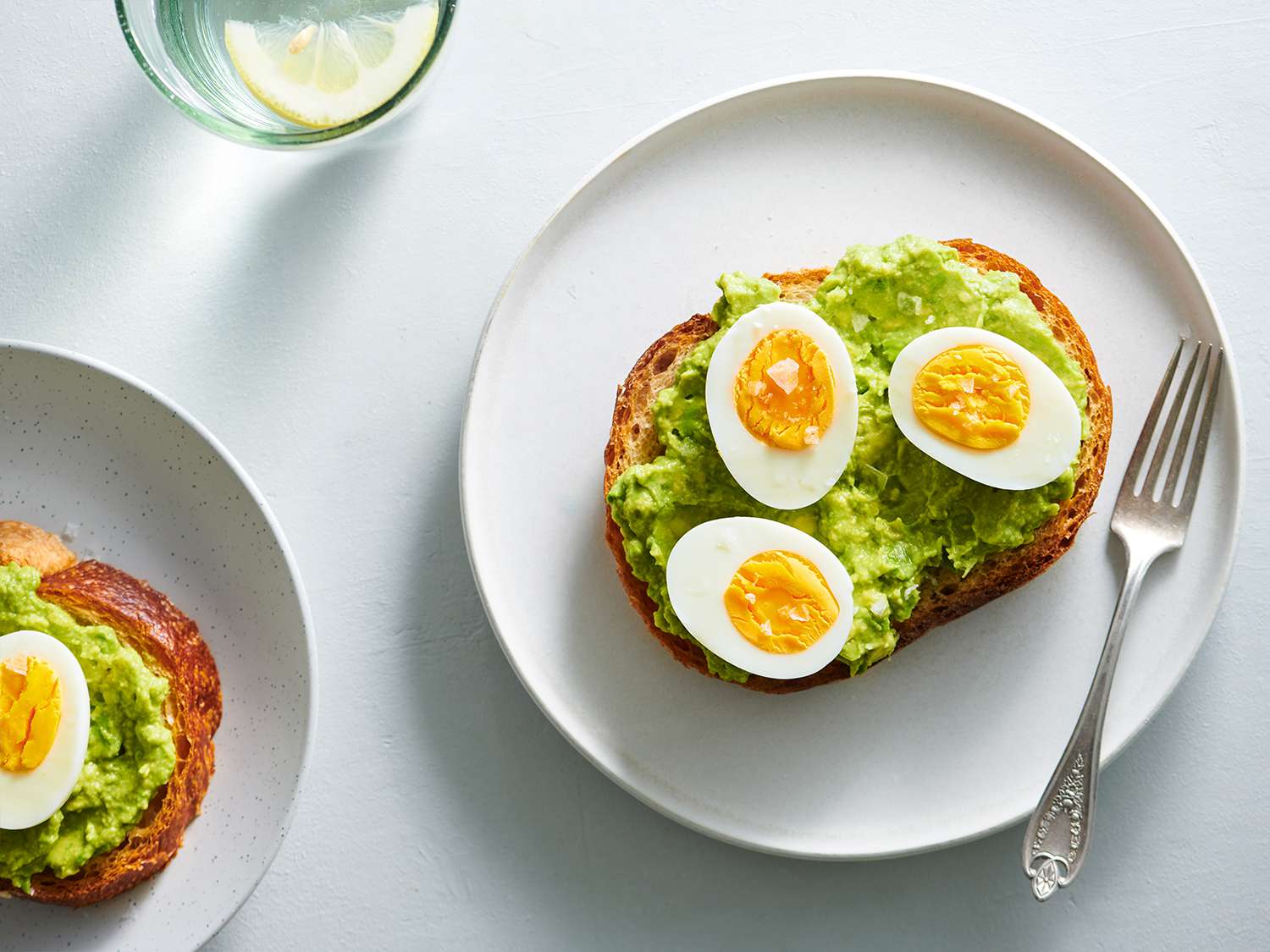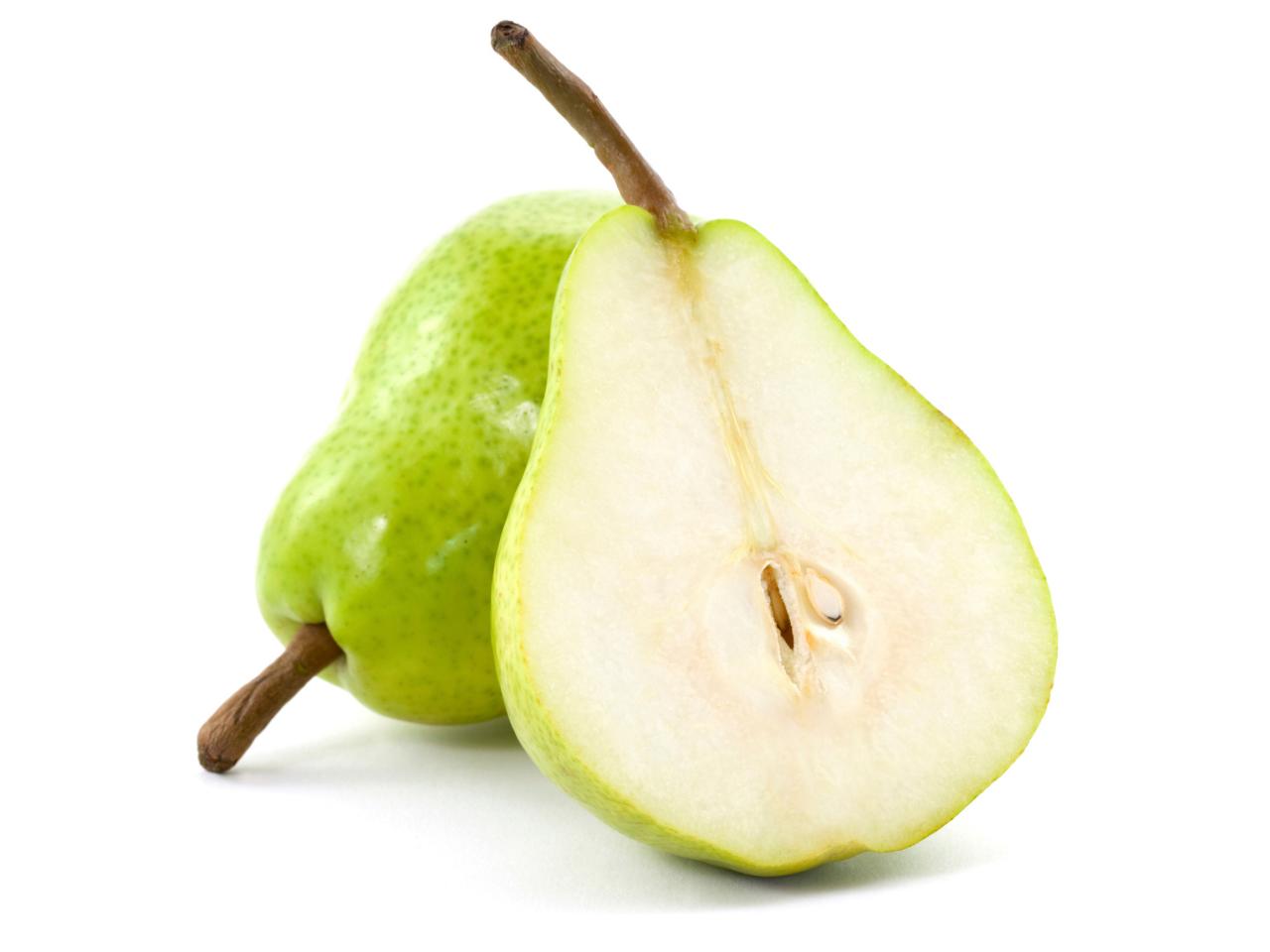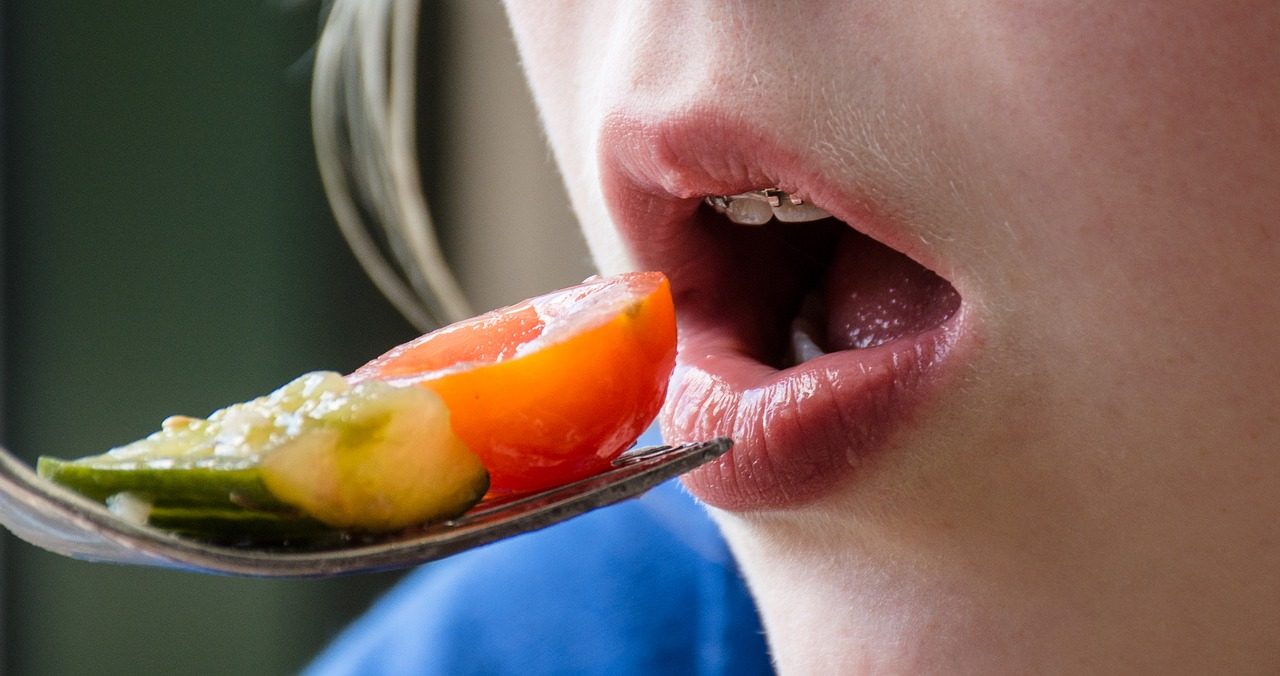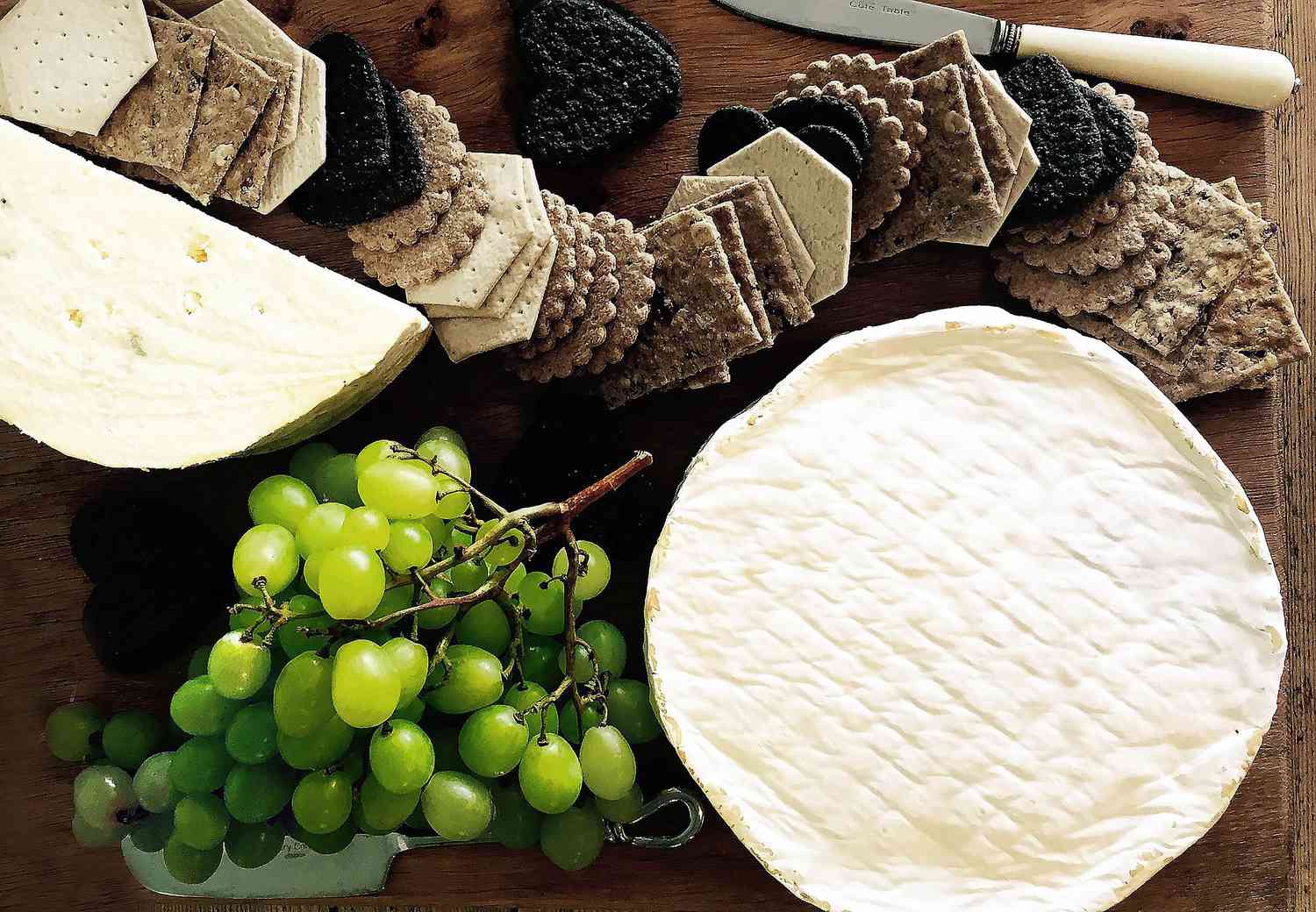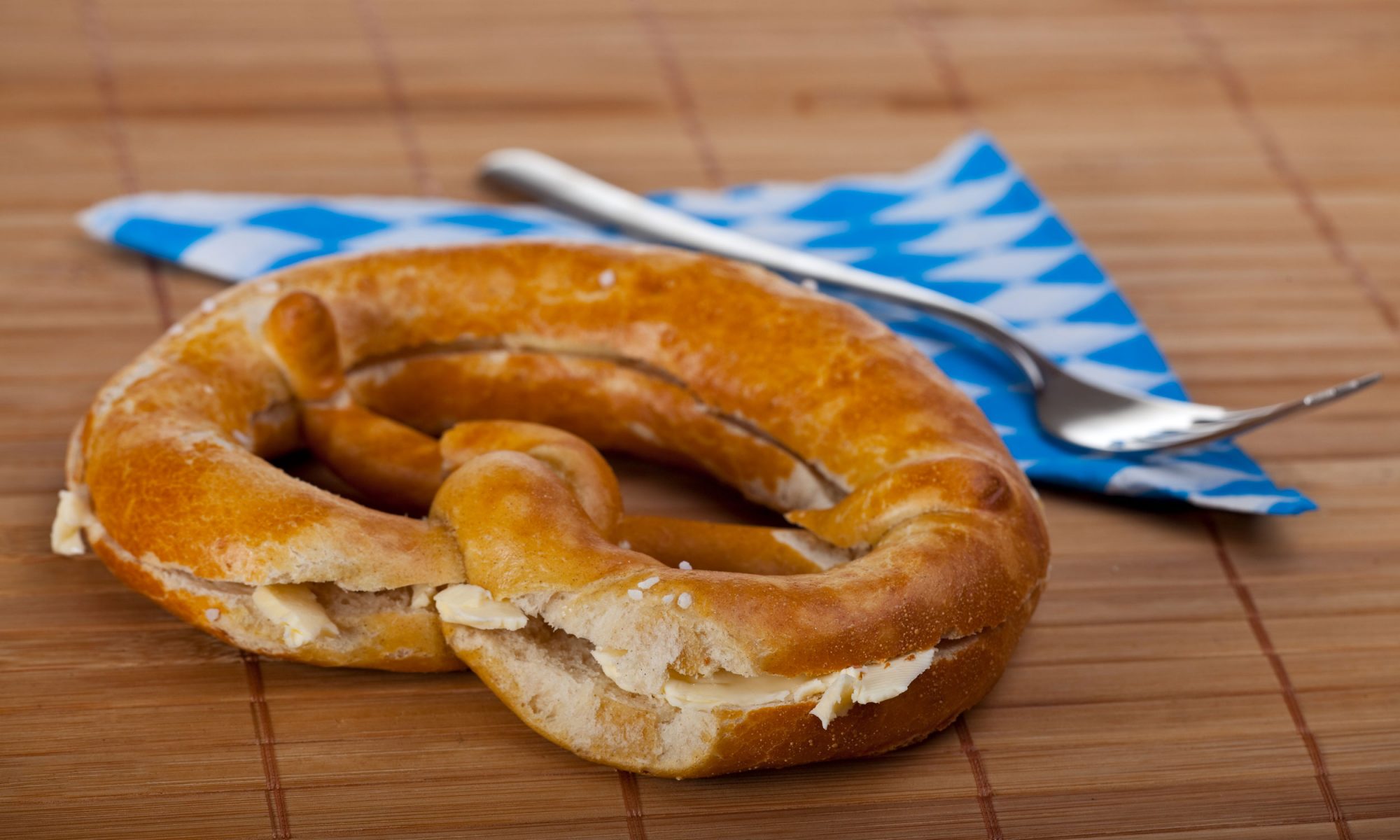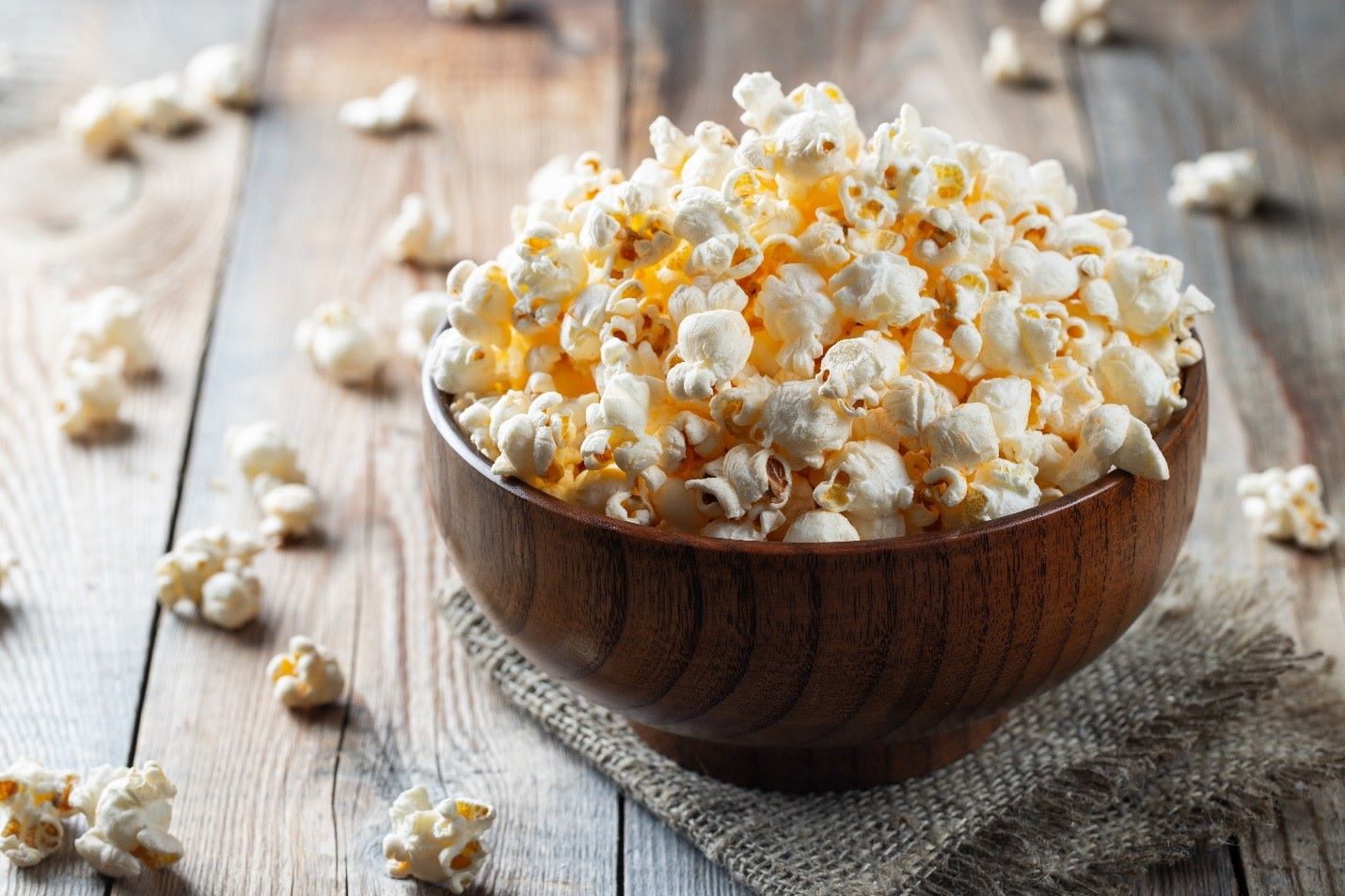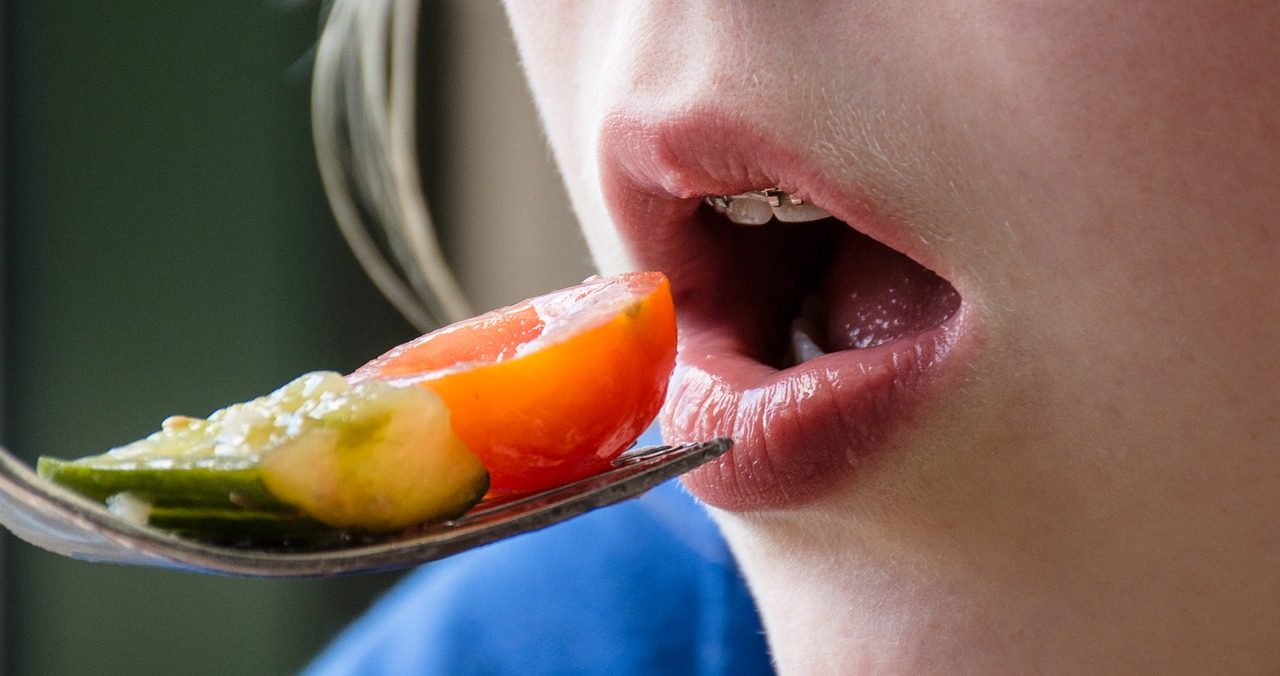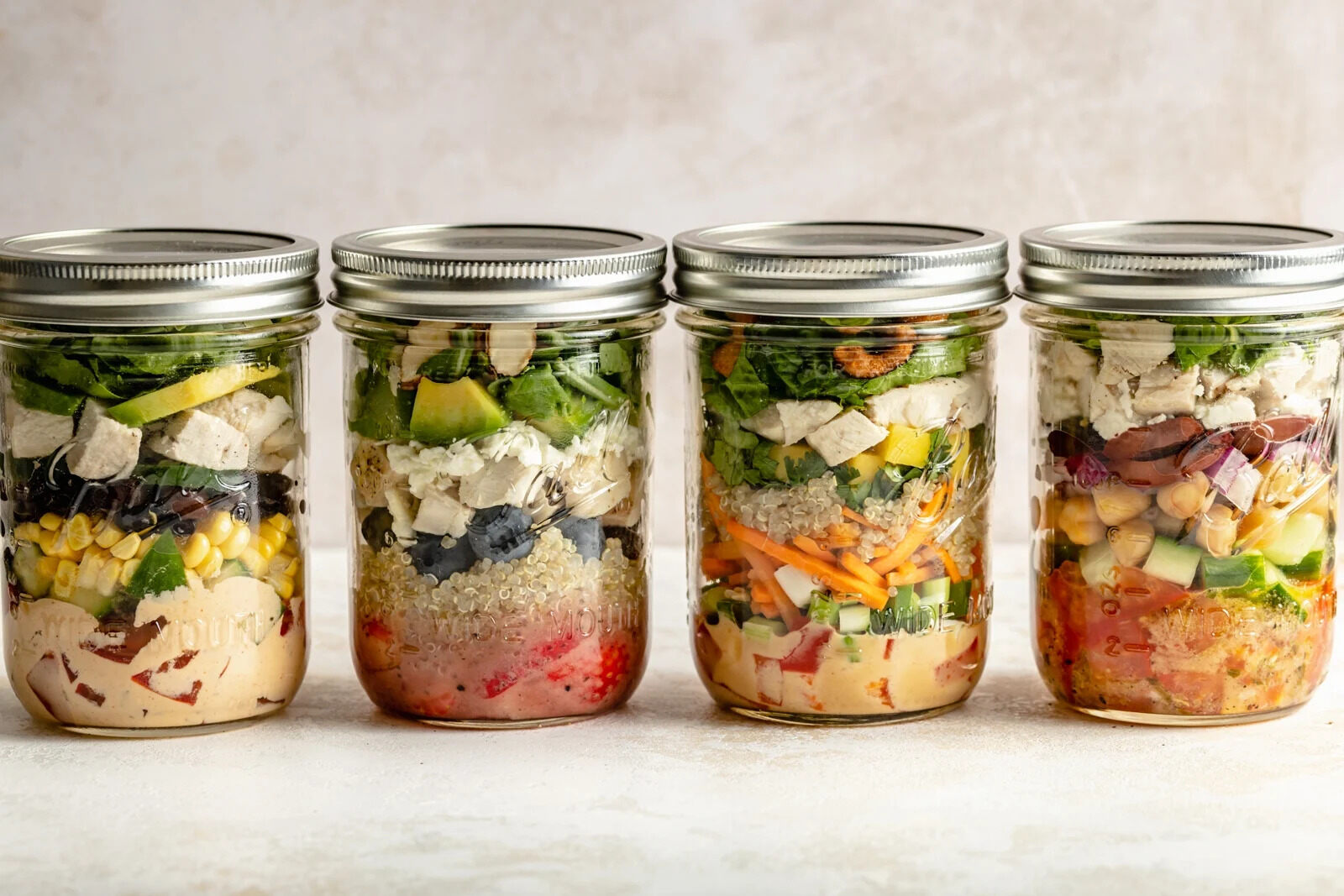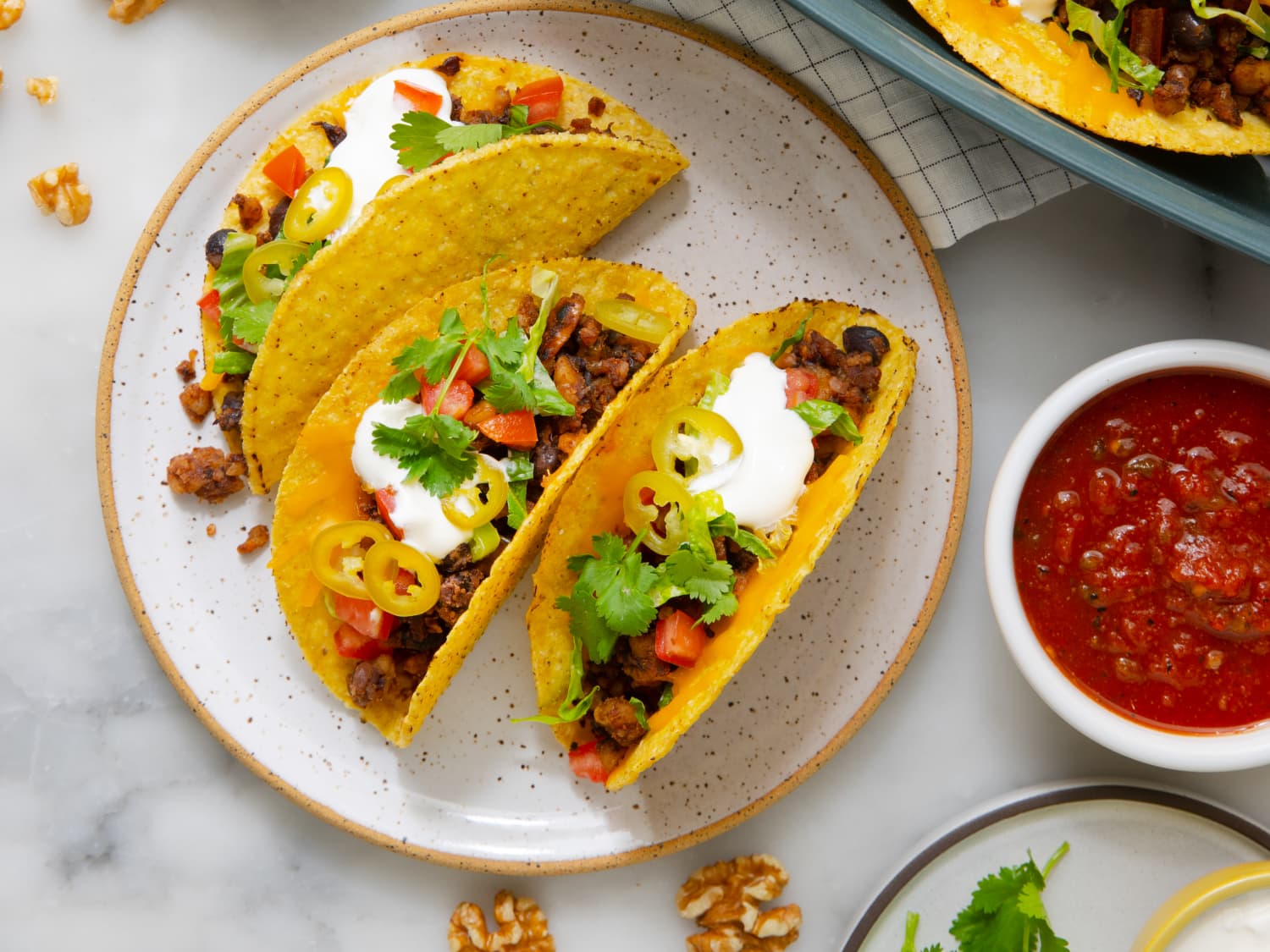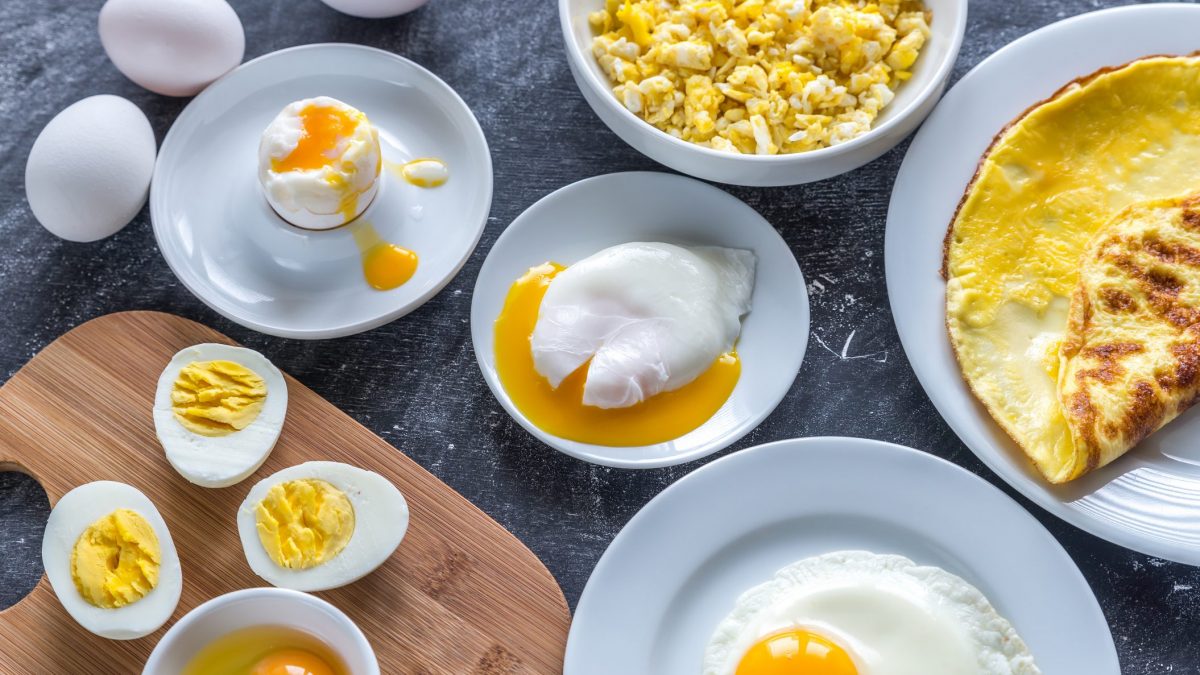Discover the Art of Enjoying Hard Cheese
Hard cheese is a delicious and versatile food that can be enjoyed in a variety of ways. Whether you’re a cheese connoisseur or new to the world of artisanal cheeses, there are several tips and tricks to make the most of your hard cheese experience. From pairing it with the right accompaniments to incorporating it into your favorite recipes, here’s how to savor every bite of hard cheese.
Pairing Hard Cheese with Complementary Flavors
When it comes to enjoying hard cheese, pairing it with the right flavors can elevate the experience. Consider these delicious pairings:
- Fruit: The natural sweetness of fruits like apples, pears, and grapes complements the savory and nutty flavors of hard cheese.
- Nuts: Crunchy nuts such as almonds, walnuts, and pecans provide a delightful contrast to the dense texture of hard cheese.
- Honey: Drizzling honey over hard cheese creates a delightful combination of sweet and salty flavors.
- Crackers and Bread: The neutral flavors of crackers and bread provide a perfect canvas for showcasing the rich taste of hard cheese.
Exploring Different Varieties of Hard Cheese
There are numerous types of hard cheese, each with its own unique flavor profile. Some popular varieties include:
- Parmigiano-Reggiano: Known for its granular texture and rich, nutty flavor, Parmigiano-Reggiano is a classic Italian cheese that can be grated over pasta or enjoyed on its own.
- Aged Cheddar: Sharp and robust, aged cheddar is a versatile cheese that pairs well with a variety of accompaniments.
- Gouda: With its caramel-like sweetness and creamy texture, Gouda is a crowd-pleasing hard cheese that can be enjoyed with fruits and nuts.
- Manchego: Hailing from Spain, Manchego offers a buttery and slightly tangy taste, making it a delightful addition to cheese boards and tapas.
Incorporating Hard Cheese into Your Culinary Creations
Hard cheese can be a flavorful addition to a wide range of dishes. Consider these creative ways to use hard cheese in your cooking:
- Grated Over Pasta: Sprinkle freshly grated hard cheese over pasta dishes to add depth of flavor and a satisfying texture.
- Cheese Boards: Create a stunning cheese board featuring a variety of hard cheeses, fruits, nuts, and charcuterie for a visually appealing and delicious spread.
- Cheese Soufflés: Use hard cheese such as Gruyère or Pecorino Romano to add richness and savory notes to your soufflé recipes.
- Cheese Crisps: Bake thin slices of hard cheese until crispy for a delightful and addictive snack.
Storing and Serving Hard Cheese
To preserve the flavor and texture of hard cheese, it’s important to store and serve it properly. Follow these guidelines:
- Storage: Wrap hard cheese in wax paper or parchment paper, then place it in a resealable plastic bag or airtight container in the refrigerator.
- Serving: For the best flavor, allow hard cheese to come to room temperature before serving. This allows the flavors to fully develop and the texture to become more supple.
By following these tips, you can fully appreciate the complex flavors and textures of hard cheese. Whether enjoyed on its own or as part of a delicious recipe, hard cheese is a culinary delight that offers endless possibilities for enjoyment.
Was this page helpful?
misihe
우리카지노 | 카지노사이트 추천 우리카지노 계열을 이용하시는 것이 가장 안전한 방법입니다. CAMO32에서는 더킹카지노,샌즈카지노,퍼스트카지노,더존카지노,007카지노,코인카지노와 같은 우리 https://camo32.com/.
